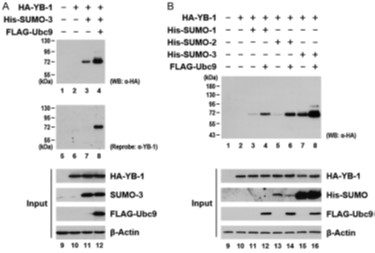林勇欣副教授研究團隊發表研究成果於PLOS ONE
連結網址:https://journals.plos.org/plosone/article?id=10.1371/journal.pone.0281903
Abstract
Here in this study we adopted genome-wide association studies (GWAS) to investigate the genetic components of the personality constructs in the Chinese Personality Assessment Inventory 2 (CPAI-2) in Taiwanese Hakka populations, who are likely the descendants of a recent admixture between a group of Chinese immigrants with high emigration intention and a group of the Taiwanese aboriginal population generally without it. A total of 279 qualified participants were examined and genotyped by an Illumina array with 547,644 SNPs to perform the GWAS. Although our sample size is small and that unavoidably limits our statistical power (Type 2 error but not Type 1 error), we still found three genomic regions showing strong association with Enterprise, Diversity, and Logical vs. Affective Orientation, respectively. Multiple genes around the identified regions were reported to be nervous system related, which suggests that genetic variants underlying the certain personalities should indeed exist in the nearby areas. It is likely that the recent immigration and admixture history of the Taiwanese Hakka people created strong linkage disequilibrium between the emigration intention-related genetic variants and their neighboring genetic markers, so that we could identify them despite with only limited statistical power.










